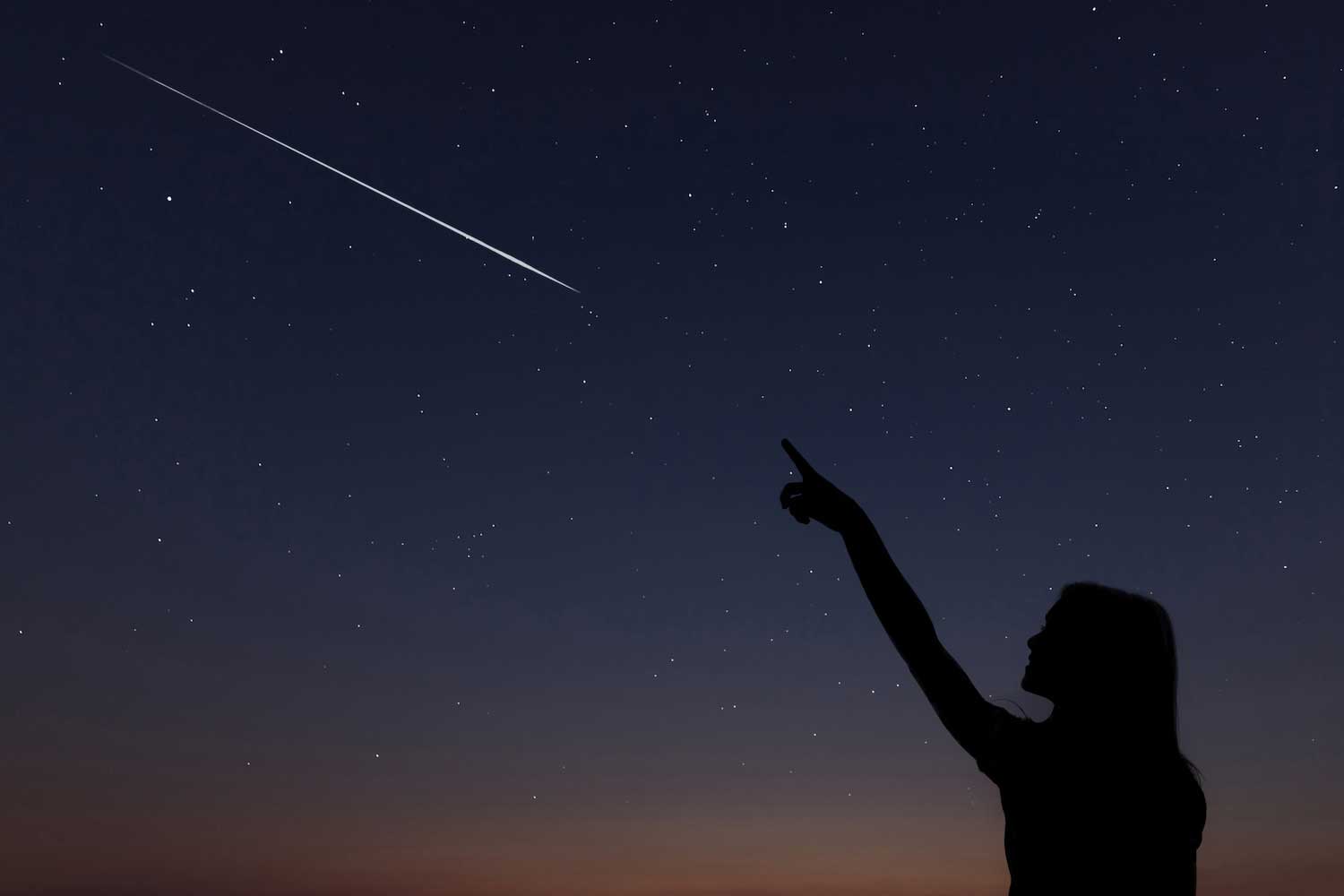August is prime viewing time for meteors, so make plans for a summer night under the sky

The most-anticipated meteor shower of the year — the Perseids — is just around the corner, so make plans to stay up late on a summer night to see what all the fuss is about.
Technically the Perseids began on July 17, but peak activity will be the night of Aug. 12 into 13. During the peak, there can be between 50 and 75 meteors streaking across the sky in places where the sky is dark. This year's show will be affected by the moon, however. The moon will be 84% full during the Perseids peak, which may reduce visible activity by as much as 75%, the American Meteor Society reports.
The Perseids is one of many meteor showers throughout the year, but it is considered the best one for a few reasons. First, it produces a lot of shooting stars, 50 to 75 or even more per hour. Meteors from the Perseids also tend to be bright and leave long streaks of color and light as they move through Earth's atmosphere, according to NASA. Plus the Perseids tends to produce fireballs — larger, brighter meteors that leave longer-lasting streaks of light in their wake.
The time of year when the Perseids occurs also makes for a more enjoyable viewing experience. For most of us, a warm summer night is more enjoyable to sit out in than a cold winter one. Want to see the Perseids with us? Join us for our Perseids in the Preserves programs from 8 to 11 p.m. at two locations: Forked Creek Preserve — Butcher Lane Access and Whalon Lake.
The Perseids continues until Aug. 23, so there's still hope to see the spectacle if you miss the peak period or the weather doesn't cooperate. In fact, August is a busy month in general for shooting star activity because two other meteor showers — the southern delta Aquariids and alpha Capricornids — will be active until Aug. 12, although peak activity for both is the night of July 29 into 30, the meteor society reports.
So what is it you are seeing when you see meteors in the night sky? Meteors are essentially debris from comets and asteroids, NASA reports. Earth passes through these debris fields each year, and when those bits and particles hit Earth's atmosphere they disintegrate, leaving fiery streaks in their wake.
Each meteor shower is associated with a particular comet or asteroid. In the case of the Perseids, the meteors we see are caused by particles from a comet called 109P/Swift-Tuttle. The planet, which was discovered in 1862, takes 133 years to orbit the sun, according to NASA.
At around the same time you are watching for meteors from the Perseids streaking across the sky you can also see our two brightest planets — Venus and Jupiter — side by side in the night sky. This planetary tango will happen on Aug. 12, with both planets visible in the predawn hours, National Geographic reports.
Venus and Jupiter will both be visible with binoculars or a small telescope. The two planets will almost appear to be touching in the sky, with Venus the brighter of the two planets and shining with a more bright white light compared to Jupiter's golden yellow hue.
The August full moon will be right in the lead up to the peak period of the Perseids, putting a damper on our ability to see the meteor shower. The moon will reach its fullest point at 2:55 a.m. Aug. 9. The August full moon is known as the sturgeon moon, a name that references the giant lake sturgeon that live in Lake Michigan and the other Great Lakes, according to the Old Farmer's Almanac.
